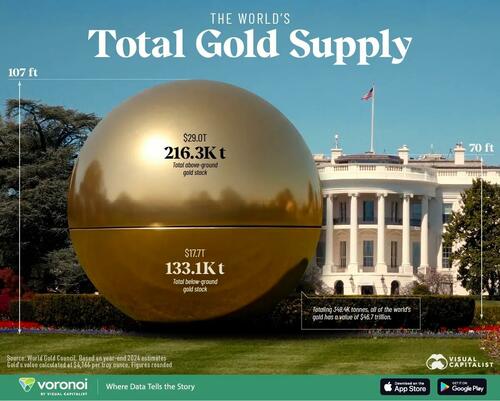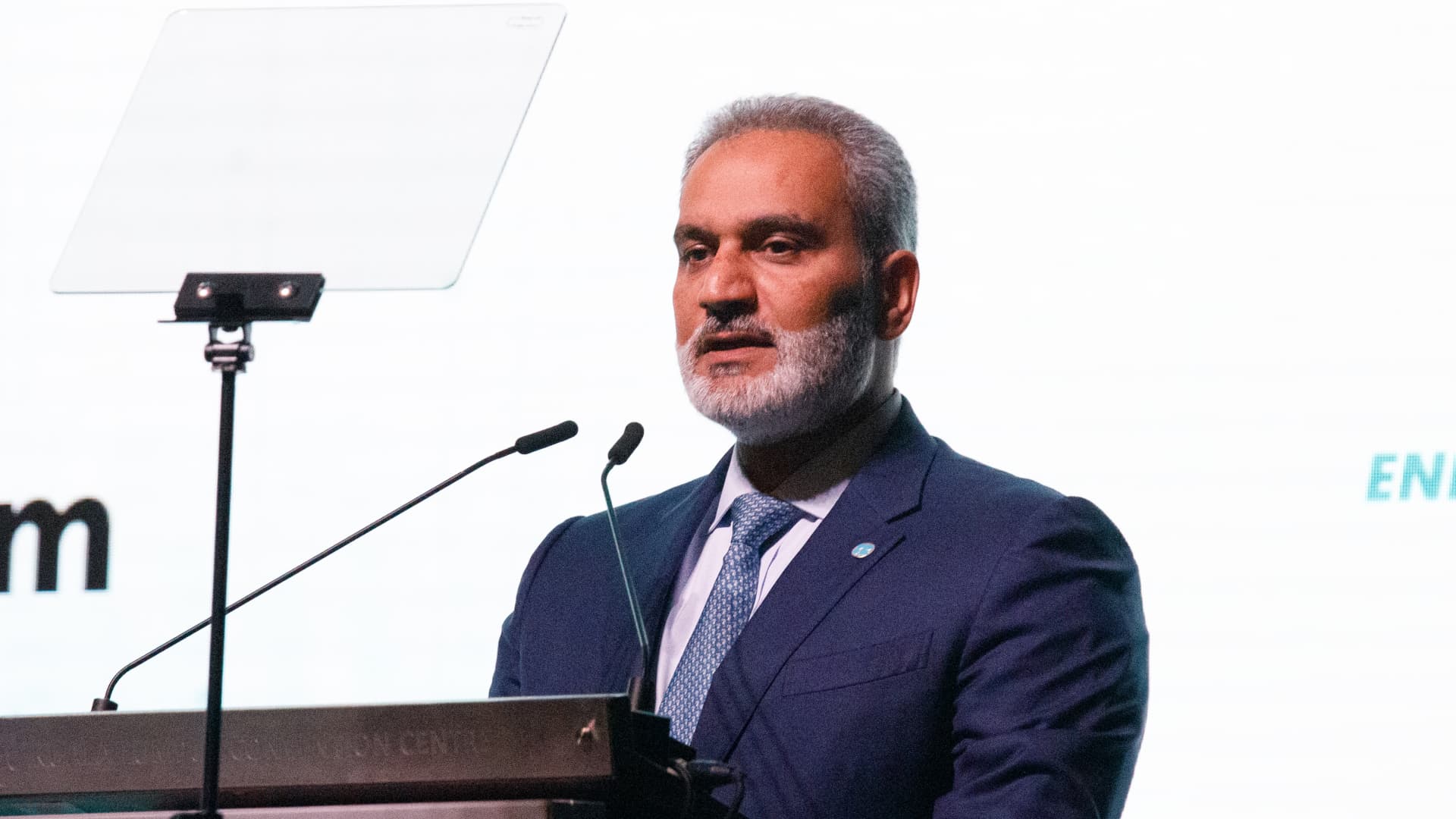Russia’s invasion of Ukraine and Moscow’s “weaponization” of energy have placed the diversification of energy supplies high on the agenda of European countries.
However, as Statista’s Martin Armstrong reports, although this remains a long and costly process, requiring investment in infrastructure (new pipelines, LNG terminals, etc.), the results are already visible.

You will find more infographics at Statista
In the first quarter of 2022, Russia was the EU’s biggest supplier of gas via pipeline, with a 38.8 percent share, just ahead of Norway (38.1 percent), according to Eurostat.
But by the first quarter of 2023, Russia’s share had fallen by 21 percentage points, while those of Norway (+8 p.p.), Algeria (+7 p.p.) and the UK (+4 p.p.) had all increased.
As for liquefied natural gas or LNG (imported by ship), Russia (18.1 percent) was the EU’s second-largest supplier in the first quarter of 2022, behind the U.S. (48.6 percent). A year later, Russia’s share had fallen by 5 percentage points.
Meanwhile, the shares of Norway (+6 p.p.), Qatar and Algeria (each +2 p.p.) were all up, while that of the U.S. had fallen by 8 percentage points.
















